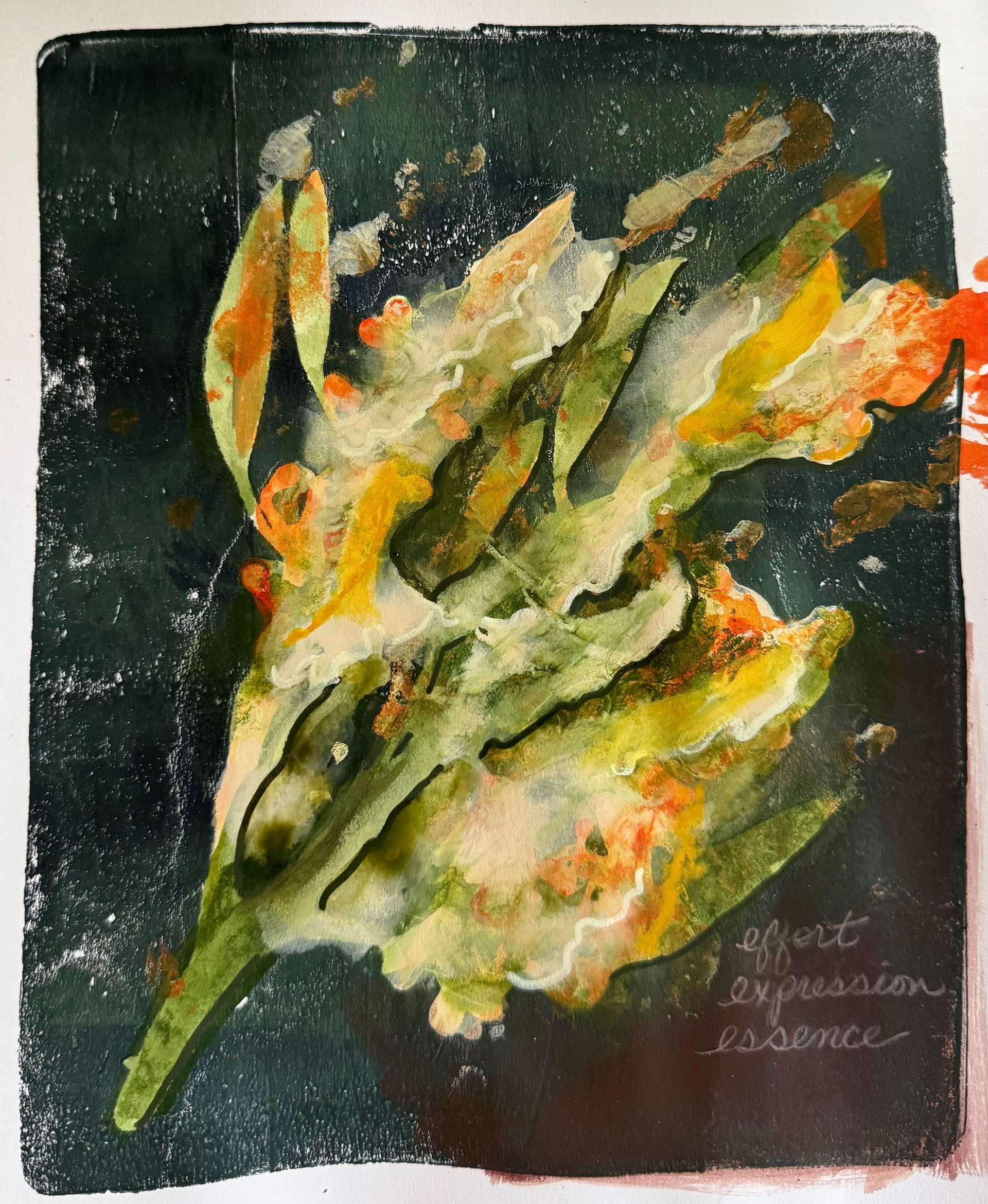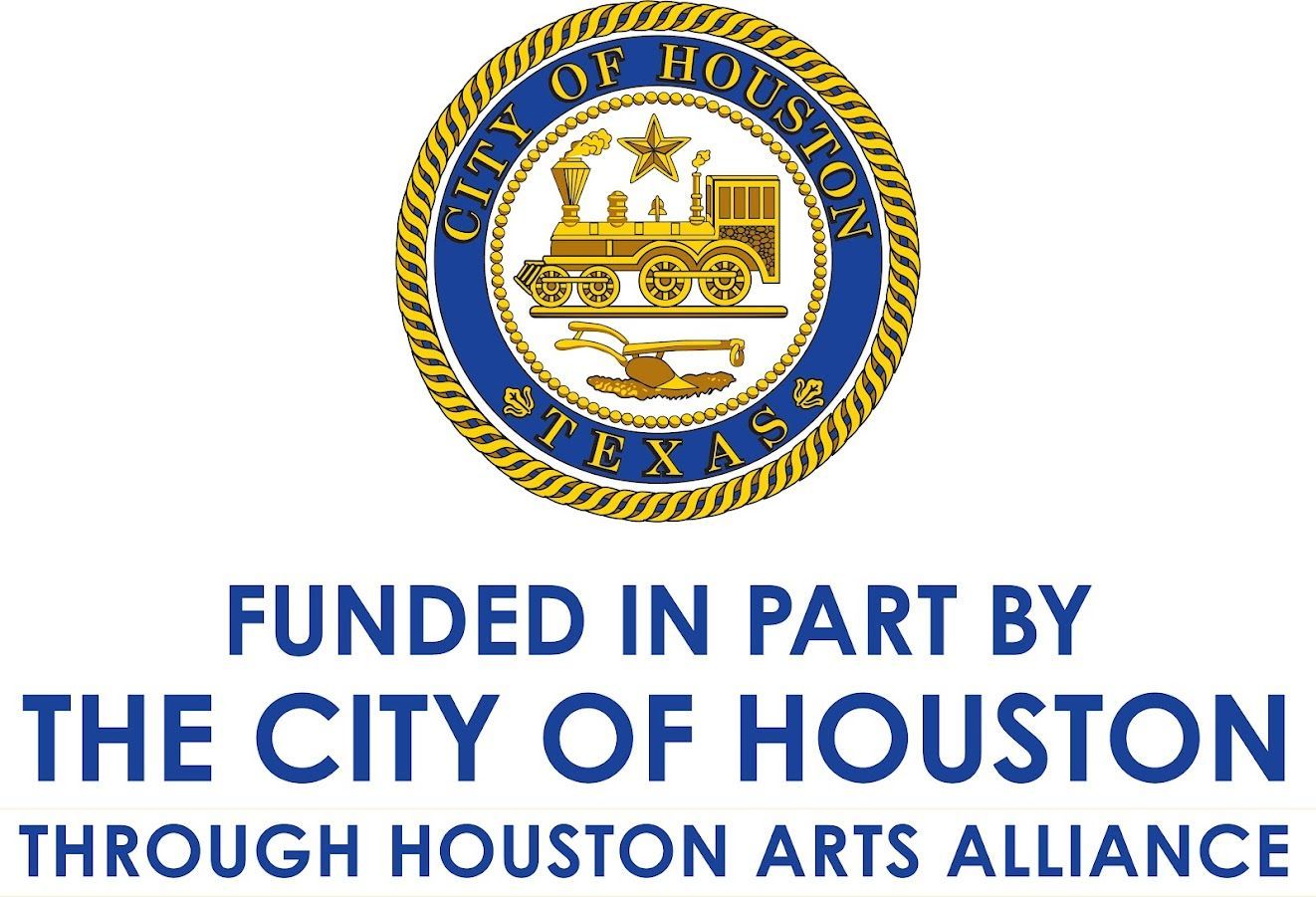Reclaiming Wholeness: The Integration of Masculine and Feminine
Growth doesn't come from avoiding discomfort but from holding the tension of opposites
Transformation is rarely neat. Often, it feels like a rupture—something breaking apart in order to break open. But within the mess lies an invitation to wholeness, a reminder that growth doesn’t come from avoiding discomfort but from holding the tension of opposites: light and shadow, doing and being, the masculine and the feminine.
For years, I lived fully immersed in the hyper masculine. As the eldest daughter in a South Asian family, I stepped into a provider’s role after my father’s passing—armoring myself with strength and resolve to navigate a world that often felt unrelenting. This armor served me well in corporate America, where productivity and results were prized above all else. I learned to thrive in this dynamic, yet over time, the cracks in my shell began to show.
My body, which I had long ignored in favor of deadlines and deliverables, finally demanded to be heard. Fatigue set in, then inflammation, and eventually a rare autoimmune diagnosis forced me to confront the reality I had been avoiding: I was living out of balance, disharmony, resulting in dis-ease. I had over-identified with the masculine archetype of pushing, striving, and controlling while neglecting the nurturing, intuitive, and restorative qualities of the feminine within. It was in the midst of my suffering—physical, emotional, and spiritual—that I was forced to reimagine what wholeness could look like.
The Dance of Opposites
Wholeness, as Jung teaches, comes from holding the tension of opposites. It requires us to honor both the masculine and feminine energies within us—not as rigid roles or binary concepts, but as dynamic forces that ebb and flow depending on what is needed. The masculine gives us structure and direction, the ability to act decisively and create order. The feminine invites us to slow down, listen, and move with the rhythms of intuition and connection.
When these energies are out of balance—whether in individuals or organizations—disharmony follows. Yet balance does not mean equal measures of both at all times; it means integration. It means cultivating a dialogue between these energies, allowing them to inform and complement one another.
For me, the journey toward integration began with letting go of control. This was not an easy task. Control had been my anchor, my compass, my safety net. But heart-centered leadership—and indeed, heart-centered living—requires a willingness to embrace vulnerability. It requires the courage to feel deeply, to look at old ways and transform them into new more powerful ones, and to trust the unfolding process.
Personal and Collective Wholeness
This work is deeply personal, but it is also collective. Just as individuals must integrate the masculine and feminine within themselves, organizations too are called to balance these dynamics. In workplaces dominated by hustle culture and hyperproductivity, the emphasis often tilts toward the masculine—results, efficiency, and bottom lines. But what if we made space for the feminine? What if we prioritized rest, creativity, and the relational aspects of leadership?
Organizations, like individuals, thrive when they honor the whole. This might look like creating environments where employees feel seen and valued not just for what they produce, but for who they are. For me this meant designing practices that invited collaboration, improving EQ, and care—qualities that stem from a heart-centered approach.
Midwifing a New Era
In many ways, we are collectively standing at a threshold, a liminal space where the old ways are falling apart and something new is waiting to be born. This is messy work. It asks us to examine our assumptions, confront our shadows, and stay steady in the discomfort of uncertainty. But it is also sacred work.
As we navigate this messy, beautiful journey of being and becoming, I invite you to pause. To listen—not just to the world around you, but to the quiet wisdom within. What are you being called to integrate? Where are you holding on too tightly, and where might you soften?
The Sri Yantra, a complex geometric symbol that appeared in my meditation, embodies this sacred integration for me. Its interlocking triangles represent the tension of opposites—masculine and feminine, action and stillness, earth and sky. For me, it is a reminder that wholeness is not about erasing differences, but about weaving them together into something greater. Instead of polarizing opposites, how may we begin to harmonize and heal?
Together, we can midwife a new way of being—one that honors the fullness of our humanity and invites us to lead, live, and love from a place of wholeness.
With grace and courage,
Jasmine






